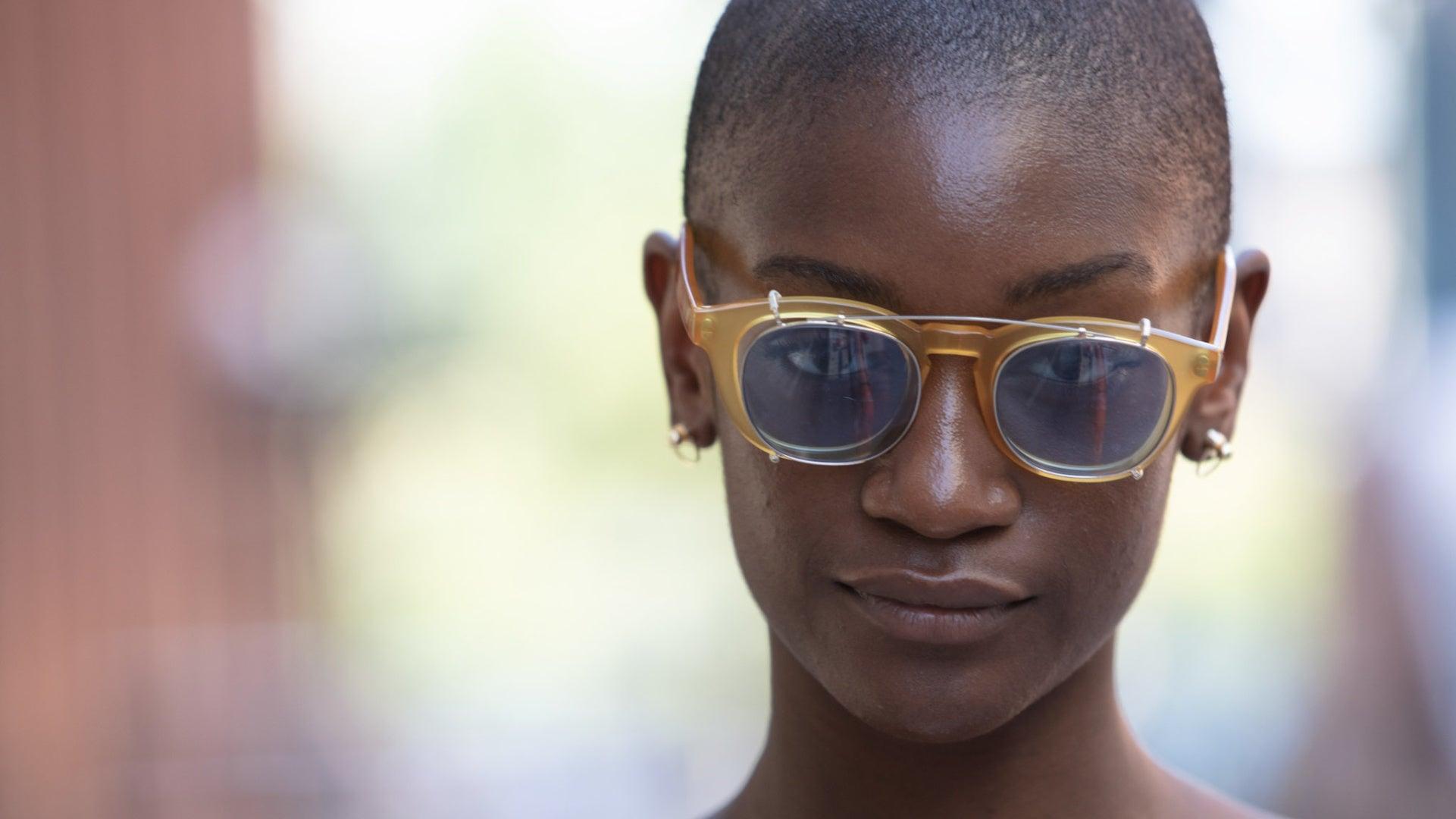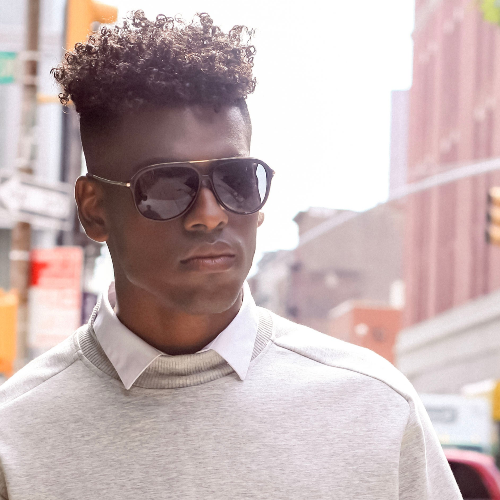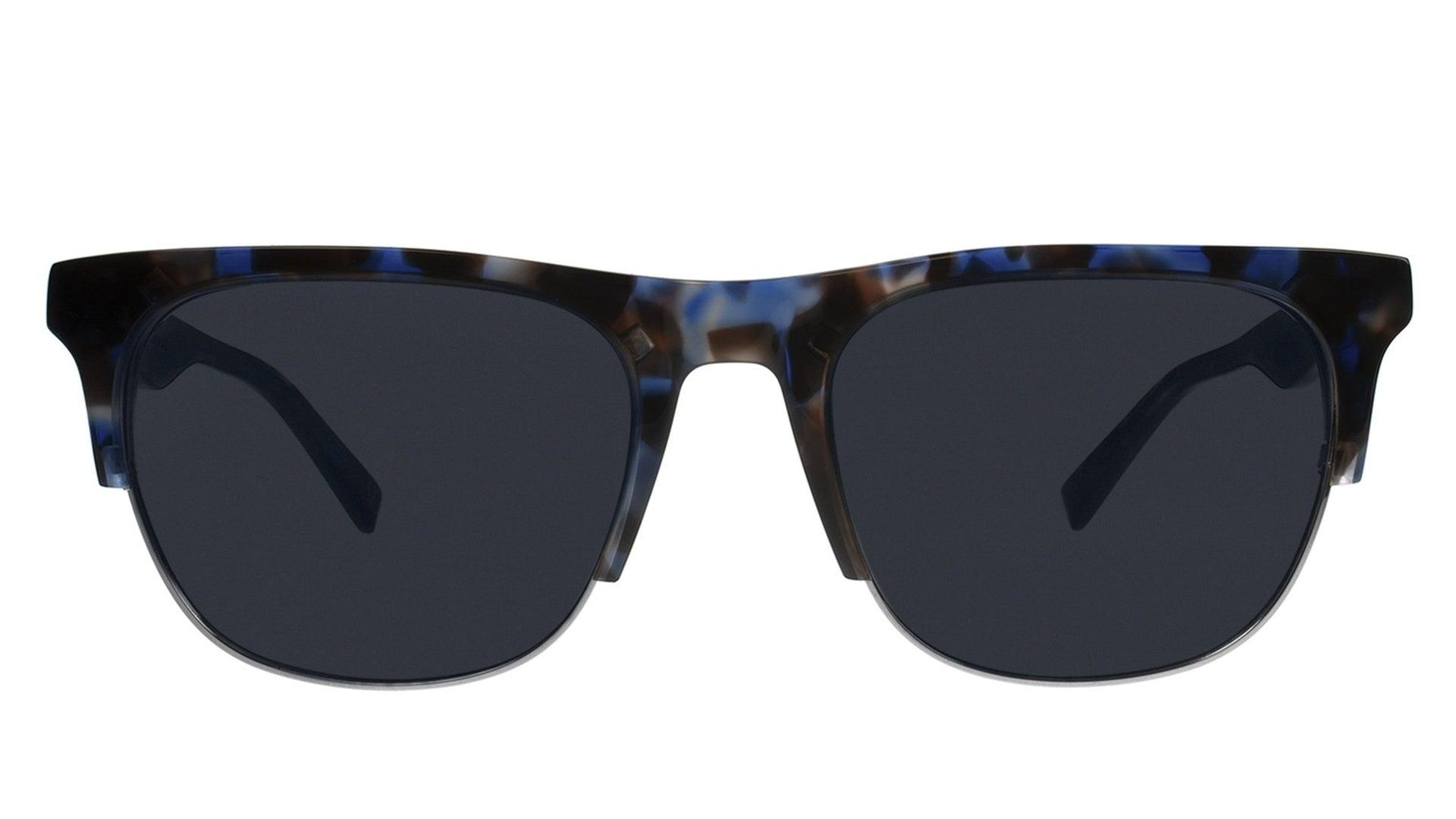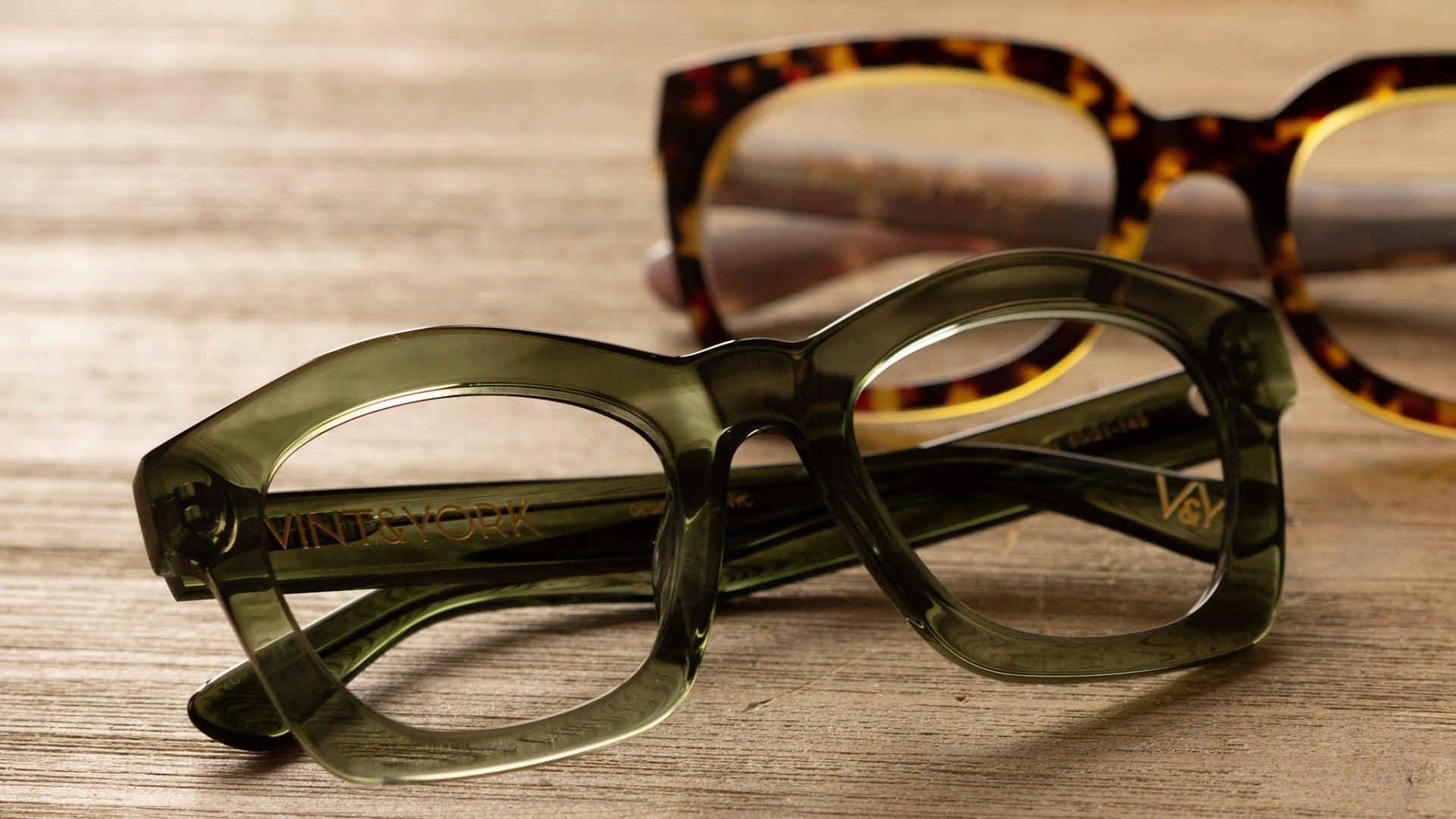
Best Color for Sunglass Lenses
Most people will choose the color of their sunglasses lenses depending on their mood or what goes well with their outfit. But did you know that each lens color actually serves a different purpose? The tint of your sunglasses can improve your eyesight in various ways depending on their color. Some tints allow you to enhance your depth perception, while others will reduce eye fatigue. Learning about the different uses of each lens color can help you choose the right sunglasses for your needs.
What sunglasses tints are for
Before jumping into the advantages and uses of each lens color, let us first talk about what sunglasses tints are for in the first place.
Tints are made to filter light. Depending on the color, it can do this in different ways. Some are designed to block out more light, while others enhance or distort specific colors. Tints can also improve your vision in some cases. Knowing the differences in each tint is essential in picking the right pair of sunglasses for you.
A guide to tint colors
You can choose from many lens colors apart from the typical grey or brown. Here’s our guide to tint colors for sunglasses:

Grey
Grey sunglass lens tint is the most popular. They are suitable for both sunny and cloudy days. Grey sunglasses are also great for outdoor activities. Whether you’re doing sports or just want to be around nature, the benefit of grey lenses is that they will let you see the actual color of objects. They are also dark enough to provide overall protection.
Brown/Amber
Brown glasses improve contrast, making them suitable for activities requiring any distance judging, like driving, golfing, or fishing. Brown lenses will comfort your eyes in sunny conditions and heighten the contrast against blue skies and green landscapes.
Yellow/Orange
Yellow tints also increase contrast, specifically in foggy, hazy, or low-light conditions. They help to make objects appear sharper, whether you’re indoors or outside. However, these lenses can also distort colors. Yellow sunglass tint is excellent for snow-related activities, indoor sports, nighttime use, and navigating fog.
Green
Green sunglass lenses are designed to do what gray and brown lenses do, only better. This lens color is ideal for sunny and low-light environments and activities such as water or field sports, cycling, and skiing. Green transmits color evenly and will protect your eyes from foggy, cloudy, or sunny days.
Blue/Purple
Blue or purple lenses offer more UV protection and have a calming effect on the eyes. It helps reduce glare while enhancing the contours around objects. Blue lenses also improve color perception while looking fashionable.
Red
Red tints increase contrast by blocking out blue light. They are known for being soothing for the eyes and are more comfortable for longer wear times. Red tints work best in situations like driving and while working in front of screens to reduce glare and eye strain.
Polarized
If your main concern is reducing sun glare and reflection significantly, then your best bet is polarized lenses. They increase visual comfort and protect your eyes well from UV rays.
The bottom line
The tint on your sunglass lenses can help in many ways. Some will improve contrast, while others will improve color perception and reduce glare. Choosing a pair of sunglasses can be stylish and functional at the same time. Remember to focus on UV protection first and foremost; no matter the color of your lenses, they should still provide sufficient sun protection. Then, you can consider what lens tints work best for you. Consulting an eye doctor can be helpful as they can help you determine which lens colors offer the benefits that are best for your eyes.











Leave a comment
This site is protected by hCaptcha and the hCaptcha Privacy Policy and Terms of Service apply.